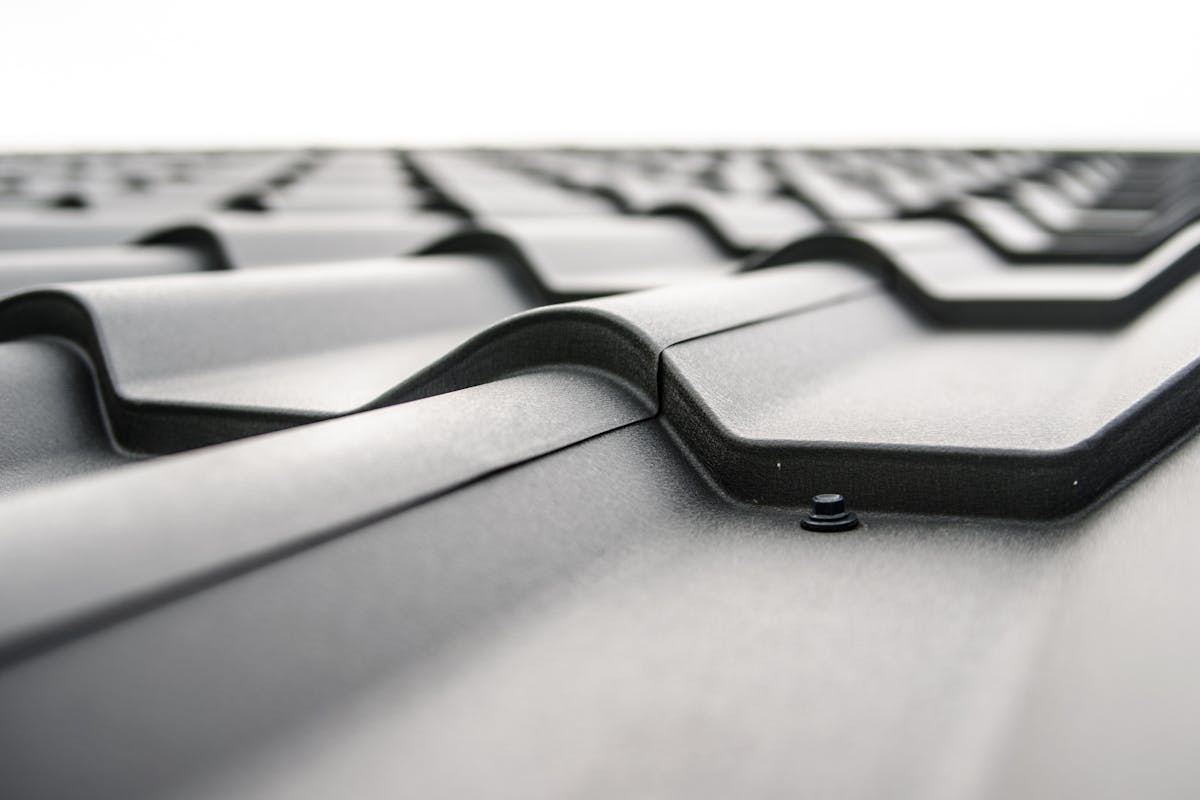
You can apply interior paint without additional preparation unless there is flaking or other issues with a home interior wall. Apply one or two coats of the new paint over the existing paint, and the interior job is complete. Interior paints include bonding or priming agents in their formulation, while exterior paints do not. Learn more about exterior house painting here.
A home’s exterior walls are exposed to weather and direct sunlight and take a beating. Over time, the paint deteriorates, and particles adhere to the paint, so the first step in exterior painting is to power wash the walls to remove loose particles and surface contaminants.
After the walls dry, if you rub your hand against the wall, you will typically feel a chalky residue, which tells you the walls need additional preparation before applying the paint.
Exterior house painting needs a bonding agent that precedes the paint. Bonding agents are thin and seep into the wall to eliminate small cracks and encapsulate particles attached to the walls. The bonding agent provides a smoother, consistent finish yet allows the paint to adhere after drying. After applying the bonding agent, use the exterior paint with the confidence that it will stay in place, providing an attractive and durable finish to the home. While the bonding agent gets covered, it plays a critical role in exterior painting.
.






